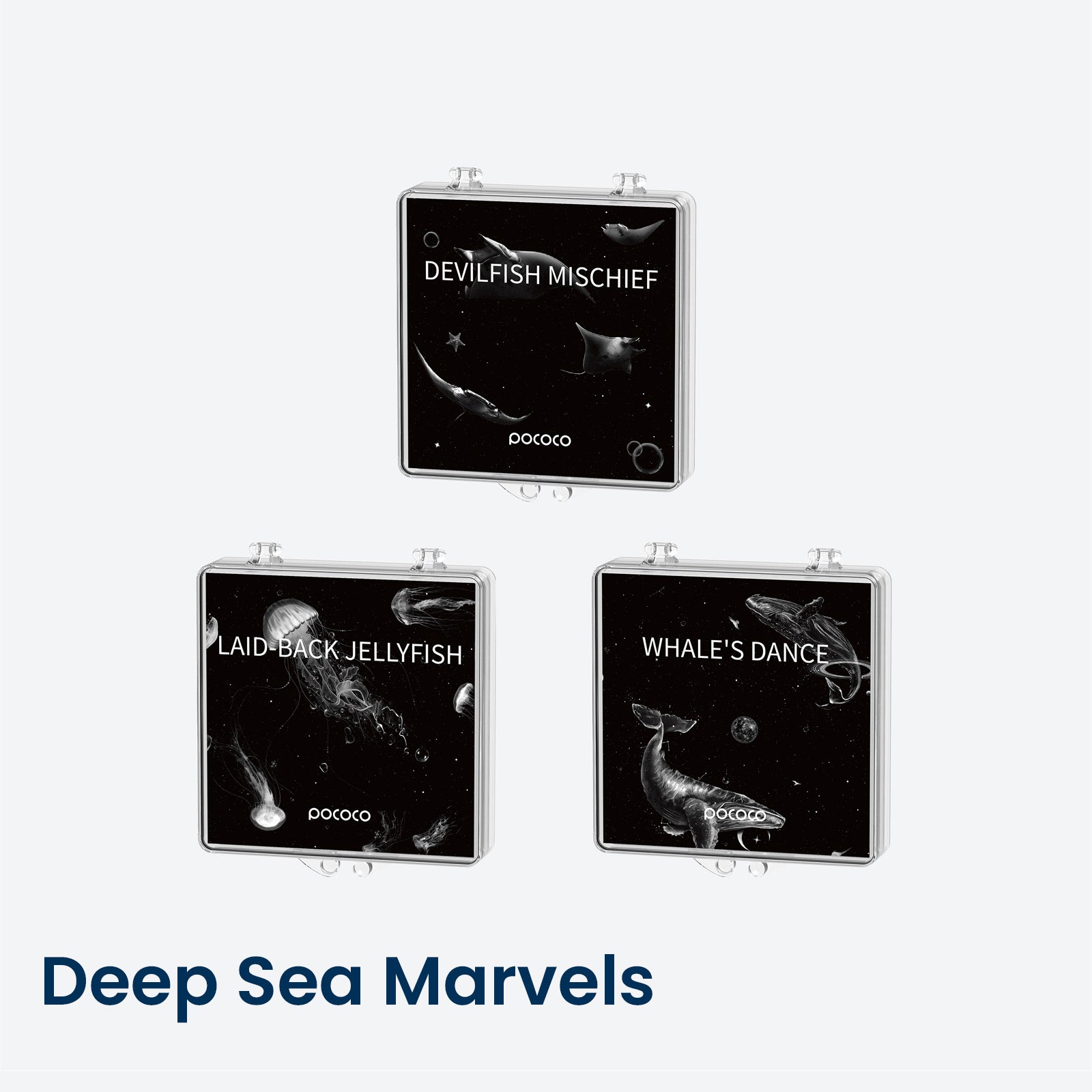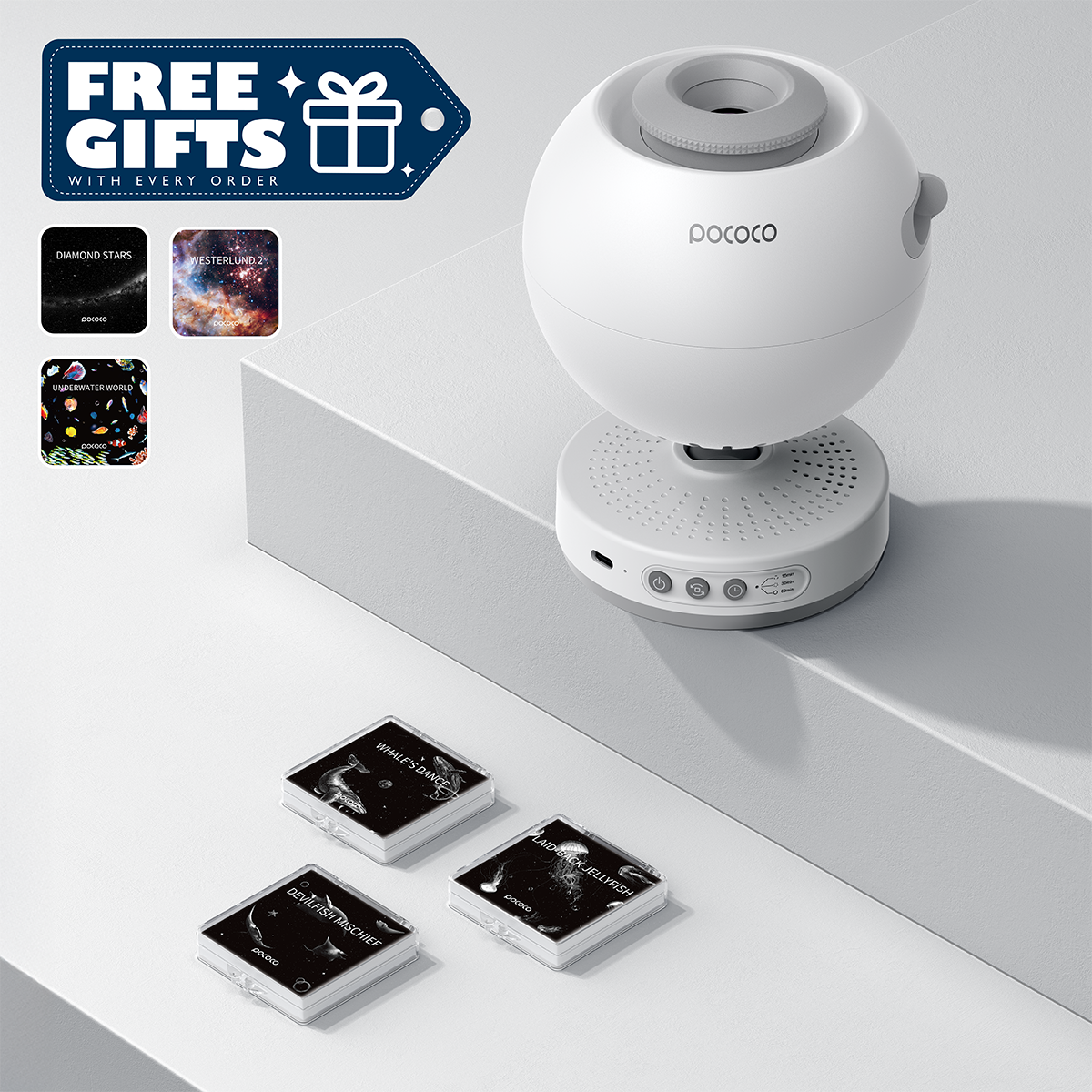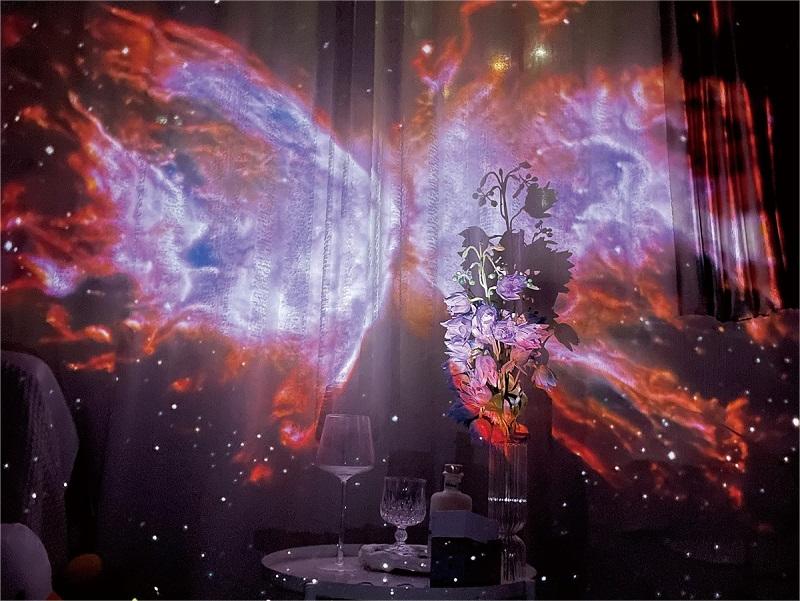The Natural Wonder of the Aurora
The aurora, also known as the Northern or Southern Lights, is one of nature’s most captivating displays, filling the skies with vivid hues of green, pink, purple, and even red. This phenomenon occurs when charged particles from the sun collide with Earth’s magnetic field, creating a spectacle that has inspired awe for centuries. Ancient cultures believed these lights to be omens or messages from the gods, while modern viewers see them as reminders of nature's mysterious beauty. Regardless of belief, the allure of the aurora is undeniable, drawing travelers, scientists, and dreamers alike to witness its splendor.

The Science Behind the Aurora
The aurora begins with the sun. Powerful solar storms release massive amounts of energy in the form of charged particles, known as the solar wind, which then travel across space and eventually reach Earth. Here, Earth’s magnetic field steps in as a protective shield, directing these particles toward the magnetic poles. As these particles collide with atoms and molecules in Earth’s atmosphere—primarily oxygen and nitrogen—they emit photons, which we perceive as light. The color of the aurora varies depending on the altitude and type of gas involved: oxygen creates green and red hues, while nitrogen results in pink and blue tones.
Types and Colors of the Aurora
The aurora comes in various forms and colors, each type adding a unique element to this natural wonder. The primary types are the aurora borealis, seen in the Northern Hemisphere, and the aurora australis, visible in the Southern Hemisphere. Though both stem from the same phenomenon, they can differ in appearance based on location and viewing conditions.

The colors of the aurora vary according to altitude, the types of gases present, and the energy levels involved in the solar particles. Green is the most common color, produced by oxygen atoms located about 60 miles (97 km) above Earth. Red auroras are rarer, formed at higher altitudes, and are also a product of oxygen atoms. Blue and violet hues often appear lower in the atmosphere and are the result of nitrogen collisions. Occasionally, auroras will combine colors, creating spectacular multi-hued displays that stretch across the sky, each adding to the surreal beauty of the phenomenon.
Additionally, auroras can take on different shapes and patterns, from curtain-like formations to arcs, coronas, and spirals. These forms are influenced by changes in Earth’s magnetic field and the intensity of the solar wind. Each aurora show is unique, with unpredictable patterns and color combinations, reminding viewers of the dynamic and ever-changing nature of the cosmos.
Best Places to View the Aurora

For those eager to witness the aurora firsthand, choosing the right location is essential. The best aurora-viewing destinations are often within high-latitude regions near the magnetic poles, offering clear, dark skies for optimal sightings. Here are a few top locations:
-
Norway (Tromsø and Lofoten Islands): Known as the "Gateway to the Arctic," Norway offers one of the most accessible northern lights experiences. Tromsø and the Lofoten Islands provide expansive views of the aurora along with beautiful coastal and mountainous landscapes.
-
Iceland (Reykjavik and Thingvellir National Park): Iceland’s remote landscapes and volcanic scenery add an otherworldly backdrop to aurora displays. Reykjavik is a convenient base, but venturing into the countryside—like Thingvellir National Park—enhances your chances of catching a vivid light show.
-
Sweden (Abisko National Park): Home to the "Aurora Sky Station," this area is known for consistent aurora sightings due to its unique microclimate, making it a reliable location for travelers.
-
Finland (Lapland): In Finnish Lapland, visitors can enjoy the aurora from glass igloos or snow hotels, adding a cozy, immersive touch to the experience. Rovaniemi, the official "hometown" of Santa Claus, is also a popular starting point for aurora chasers.
-
Canada (Yukon and Northwest Territories): These territories offer some of the darkest, most expansive night skies in North America, ideal for uninterrupted aurora displays. Whitehorse in the Yukon and Yellowknife in the Northwest Territories are top spots, with local accommodations often catering specifically to aurora viewing.
-
Alaska (Fairbanks): Fairbanks is renowned for its clear skies and prime viewing conditions. Numerous aurora tours and lodges provide warm, comfortable ways to experience this phenomenon.
Bringing the Aurora Home with Modern Technology
While traveling to the polar regions to witness the aurora in person is an awe-inspiring experience, not everyone has the opportunity to journey so far. Fortunately, modern technology allows us to simulate the magic of the aurora right at home, creating a similar, immersive experience.
Many households are now using galaxy projectors that cast soft, vibrant aurora and starlight effects, bringing the wonders of the cosmos indoors. This kind of device provides not only a captivating ambiance but also a soothing experience, particularly beneficial for those looking to unwind in the evenings. With projections from a galaxy light or a soothing star projector, we can enjoy the beauty of the starry sky anytime from home.
For families with children or aurora enthusiasts, a galaxy light projector is an inspiring tool, sparking curiosity about the universe while creating opportunities for quality family time. This at-home viewing of the aurora offers a relaxing and enriching experience, bringing us closer to the mystical allure of the cosmos in our everyday lives.

Conclusion
The aurora is one of nature’s most breathtaking wonders, showcasing the endless mysteries of the universe with its vibrant colors and mesmerizing shapes. While seeing the aurora firsthand in polar regions is an unparalleled experience, modern technology now allows us to bring this wonder into our homes. Whether using a galaxy projector, star projector, or galaxy light projector, these devices offer not only an accessible aurora experience but also a way to discover peace and beauty in our everyday lives.
With these tools, we can enjoy the enchanting hues of the aurora right in our own spaces, creating a soothing atmosphere anytime. For stargazing enthusiasts or those simply looking to elevate their evenings, this at-home experience adds a unique layer of enjoyment. Whether sparking curiosity about the night sky or enhancing family nights, these technological marvels are an ideal way to recreate the natural wonder of the aurora indoors.














Dejar un comentario
Todos los comentarios se revisan antes de su publicación.
Este sitio está protegido por hCaptcha y se aplican la Política de privacidad de hCaptcha y los Términos del servicio.